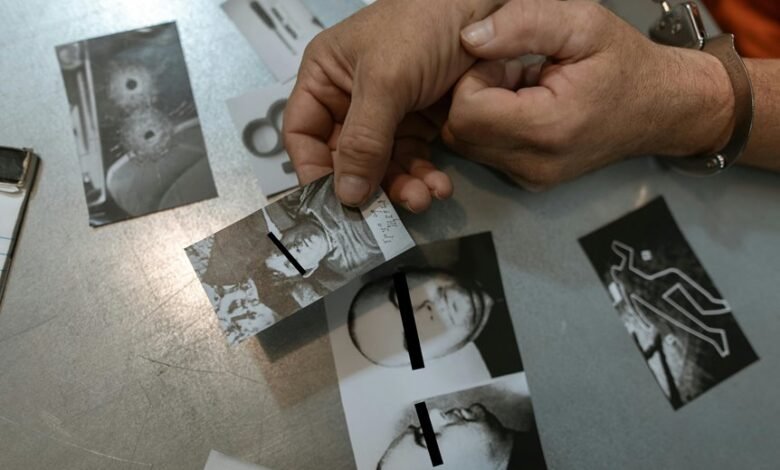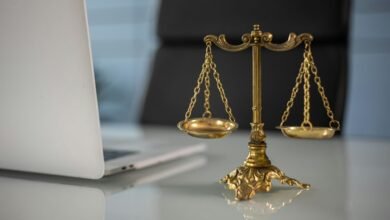Photoacomanha: The Impact of Images in the Judicial Process

The role of images in the judicial process has garnered increasing attention. Visual evidence can clarify complex details, aiding jurors in their decision-making. However, the integration of photographs also raises concerns about authenticity and ethical implications. As technology advances, the balance between effective communication and individual rights becomes crucial. This evolving dynamic prompts a closer examination of how images will reshape legal proceedings in the future.
The Power of Visual Evidence in Courtrooms
Although the use of visual evidence in courtrooms has long been a topic of discussion, its impact on judicial outcomes is increasingly recognized.
Visual persuasion enhances juror comprehension, allowing for clearer interpretations of complex cases. Photographic authenticity plays a crucial role in establishing credibility, ensuring that images resonate effectively with the jury.
Consequently, visual evidence can significantly influence verdicts and promote a more informed judicial process.
Challenges of Using Images in Legal Proceedings
While visual evidence can enhance understanding in court, its use also presents significant challenges.
Issues surrounding image authenticity can compromise the integrity of evidence presented. Furthermore, maintaining rigorous evidentiary standards is essential to ensure that images are not misleading or manipulated.
As courts navigate these challenges, the reliability of visual evidence remains a critical concern in upholding justice and fairness in legal proceedings.
The Future of Photography in the Justice System
As advancements in technology continue to reshape various sectors, the justice system stands to benefit significantly from the evolving role of photography.
Digital forensics is poised to enhance evidence collection and accuracy, while also introducing ethical implications surrounding privacy and consent.
Future developments in photographic techniques will likely provide clearer insights, fostering a more transparent judicial process that upholds the principles of justice and freedom.
Conclusion
In the evolving landscape of the judicial process, visual evidence stands as a beacon of clarity amidst the murky waters of complex legal narratives. While the allure of images can illuminate truth and enhance juror understanding, the shadows of authenticity and ethical dilemmas loom large. As technology advances, the delicate balance between transparency and privacy will shape the future of justice, ensuring that the lens of photography remains both a tool for enlightenment and a guardian of individual rights.





